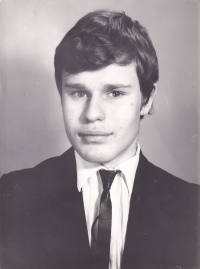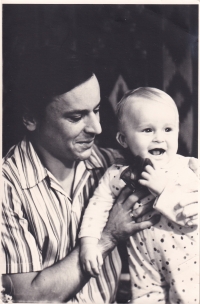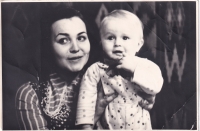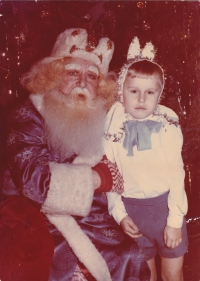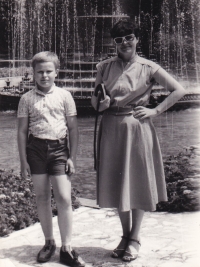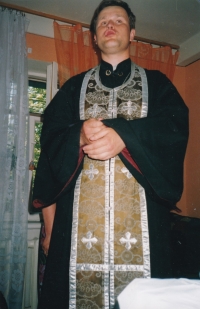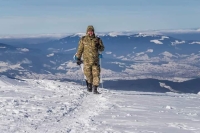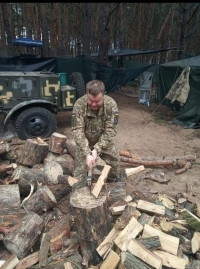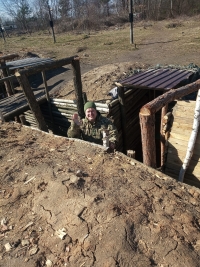I am a warrior of Christ and a warrior in the Ukrainian army

Download image
Dmytro Anatoliyovych Prysiazhnyi (Father Dmytrii) is the rector of the Holy Protection Parish in the city of Boiarka, who was involved in the development of the Ukrainian Church and immediately started serving as a chaplain after the Revolution of Dignity. He was born on December 10, 1975, in the village of Tarasivka, Kyiv region. From an early age, he perfected his Ukrainian language skills by conversing with fellow villagers who spoke the literary language, and he read extensively. He developed a passion for Ukrainian history while in school, and in the late 1980s, he sought meetings with Ukrainian dissidents to learn about their views on the historical past of their homeland. In 1994, after completing a vocational school, Dmytro visited the St. Michael’s Golden-Domed Monastery for a church service out of curiosity. He was so impressed by what he witnessed that same year he entered the Kyiv Theological Seminary, and in 1997, he was ordained as a priest and appointed to the city of Boiarka, Kyiv region. During the revolutions of 2004 and 2013, Dmytro Prysiazhnyi stood alongside his parishioners on Maidan Square, and in the spring of 2014, he began volunteering and serving as a chaplain. After receiving a higher theological education at the Avhustyn Voloshyn Carpathian University and the Cyril and Methodius Ukrainian Theological Academy in Uzhhorod, he assumed the position of the Chief Military Chaplain of the Ivan Cherniakhovskyi National Defense University of Ukraine. In 2020, he was appointed the Chief Chaplain of the Joint Forces Operation. Since the winter of 2023, Dmytro Prysiazhnyi has been serving as a chaplain within the ranks of the Ukrainian Armed Forces.

